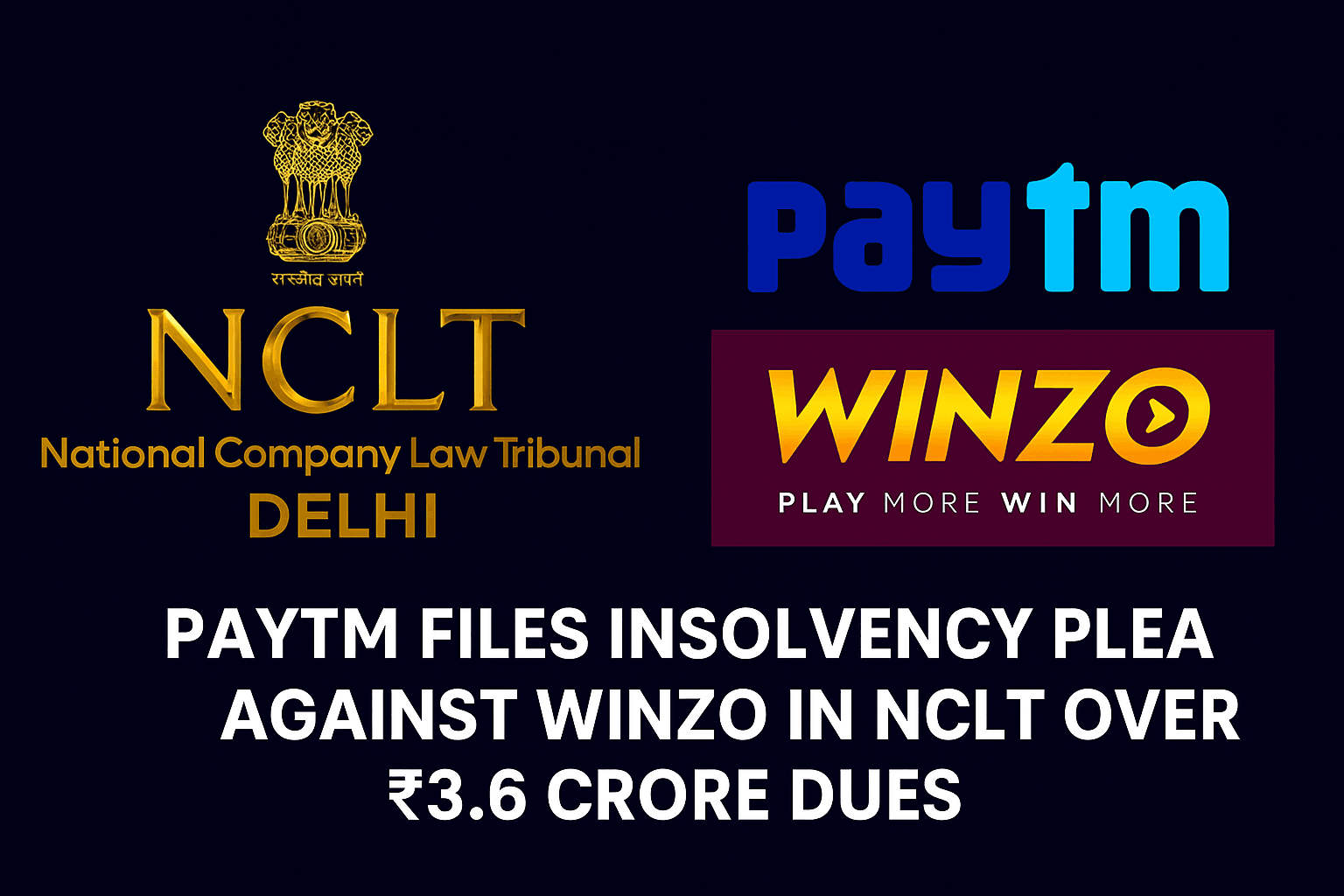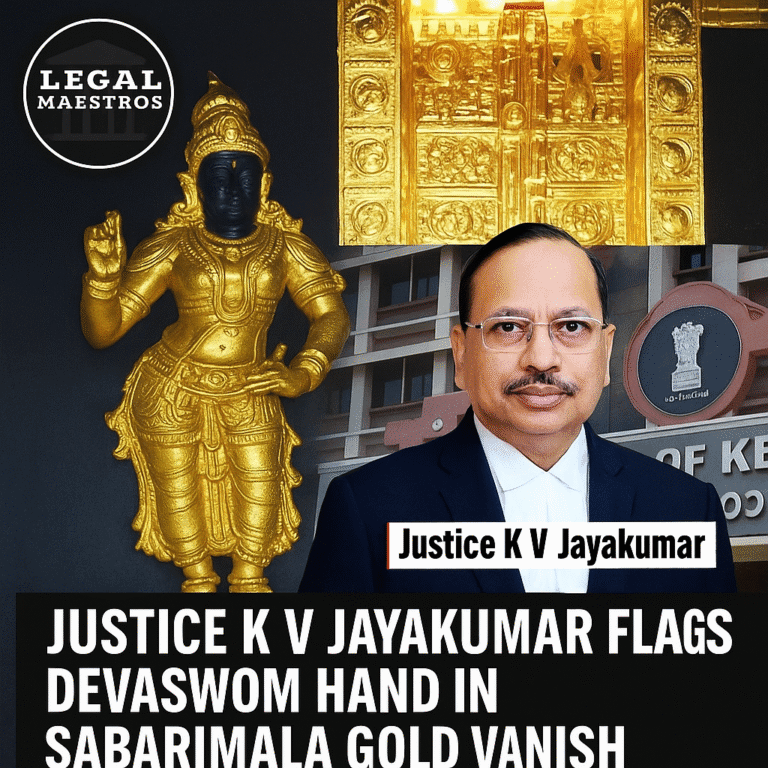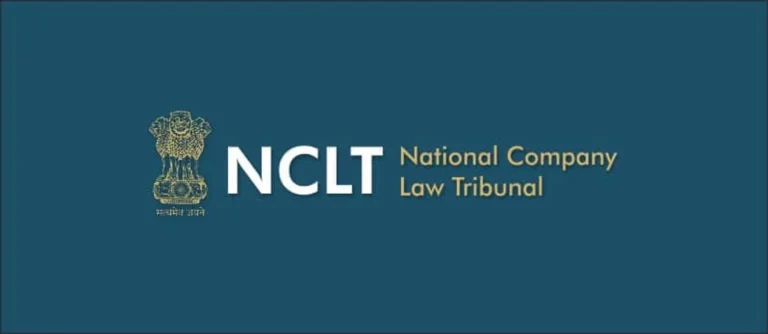
Supreme Court Upholds Administrative Consistency in Service Dispute: R.P. Azad vs. Union of India
Introduction
On May 20, 2025, the Supreme Court of India made an important ruling by dismissing a long-standing service dispute in the case of Rampat Azad (R.P. Azad) vs. Union of India and Others. This decision was a big and noteworthy decision. Concerning the redesignation and promotional claims of a government employee who had served for several decades, the Court conducted a thorough investigation into the complications surrounding the situation. In the verdict, the importance of administrative regularity, the finality of rulings that have not been challenged, and the practical constraints of judicial intervention in service concerns involving closed government projects were all stressed. Within the context of this case, the interpretation of previous service orders, promoting opportunities under service regulations, and the question of whether or not a government employee may claim a higher post based on historical equality of cadre were all at issue.
The Reality of the Situation
An appointment was made for the appellant, R.P. Azad, on July 15, 1976, to the position of Junior Field Officer (JFO), which is a Group B non-gazetted post. This position was held by the All India Handicrafts Board, which is a part of the Ministry of Commerce. The Carpet Weaving Training Centre in Jalalpur, Uttar Pradesh, was the location of his appointment, which was made on an ad hoc and temporary basis as part of a plan initiative.
After receiving an instruction from the government in 1978, all of the JFOs working in the carpet weaving training centers were reclassified as Carpet Training Officers (CTOs). This was a Group C post that had a pay scale that was lower than the previous one. On the other hand, in 1979, another order renamed JFOs (in general) as Handicrafts Promotion Officers (HPOs), effectively preserving their previous seniority and the benefits they had received for their service. After some time had passed, in 1997, the government partially reinstated the previous pay rate for those individuals who had been demoted to the position of CTO, but they did not alter their designation.
For any queries or to publish an article or post or advertisement on our platform, do call at +91 6377460764 or email us at contact@legalmaestros.com.
In spite of the fact that he had been appointed as a JFO initially, the appellant went to the Central Administrative Tribunal (CAT) to argue that he had been incorrectly classified and refused promotion to the HPO cadre. It was his contention that he ought to have been reclassified as an HPO and given consideration for higher jobs in accordance with that designation. Certain orders were issued by the CAT, but they were not in accordance with the appellant’s allegation that they should be promoted through the HPO channel. It was decided by the Delhi High Court that his writ suit, which challenged that conclusion, should be dismissed. In the subsequent civil appeal, the subject was brought to the Supreme Court.
The Court Takes Into Account the Most Important Legal Concerns
Two of the most important questions that were brought before the Supreme Court were whether or not the appellant had been improperly treated as a CTO rather than an HPO, and whether or not he was eligible for promotion within the HPO channel, which would have led to higher designations such as Assistant Director and Regional Director titles. In addition, the court investigated whether or not the respondents, the Union of India, had violated the law by not implementing their earlier order, which had reclassified all JFOs as HPOs.
One of the most important aspects of the disagreement was the differentiation between two plans, which were the carpet system and the marketing strategy. Over time, the JFOs that were covered by these schemes were handled in a different manner. The appellant was a participant in the carpet scheme, which was terminated throughout the country in 2004, with the exception of Jammu and Kashmir.
For any queries or to publish an article or post or advertisement on our platform, do call at +91 6377460764 or email us at contact@legalmaestros.com.
In addition, the case included determining whether or not administrative judgments that were taken an extended period of time ago, particularly those that were not challenged at the time, may now be changed by the involvement of the judiciary.
In what capacities do the Central Administrative Tribunal and the High Court play a role?
In its order from 1999, the Court of Appeals of India (CAT) had instructed the Union of India to regularize the services of the appellant and other individuals who were in a similar situation within the cadre of CTOs and to consider them for promotion in accordance with the vacancies. According to the appellant, this ruling was accepted, and there was never any opposition to it. Many years later, when the appellant requested promotion as an HPO, the CAT once again concluded in 2008 that either promotional pathways should be provided or the appellant should be given financial upgradation in accordance with applicable laws such as ACP or MACP (Modified Assured Career Progression). Additionally, this order did not state that he should be treated as HPO.
During the process of rejecting the appellant’s case, the High Court made the observation that he had followed the prior directives issued by the CAT and had been regularized as the Chief Technical Officer. It held that the appellant could not later claim to be treated under a different cadre structure. Moreover, because the carpet plan was stopped, there were no ongoing promotional outlets accessible.
For any queries or to publish an article or post or advertisement on our platform, do call at +91 6377460764 or email us at contact@legalmaestros.com.
Observations and Decisions of the Supreme Court to Consider
The Supreme Court examined the appellant’s service history as well as the numerous orders that were issued by the government and the Administrative Tribunal (CAT). It underlined that the appellant was always treated as a JFO under the carpet scheme, that they were later redesigned as CTO, and that they were eventually regularized in that capacity.
Despite the fact that there was an earlier decision in 1979 that reclassified JFOs as HPOs, the Court pointed out that this was done solely for JFOs that were associated with the marketing scheme and not for those who were associated with the carpet scheme. Earlier administrative and judicial rulings had made it very obvious that this disparity was being acknowledged explicitly. In addition, the Court made reference to the decision that was handed down by the Delhi High Court in the case of N.K. Asthana v. Union of India. This decision made it clear that not all JFOs involved in the marketing program were reclassified as HPOs.
The fact that the appellant himself never disputed the 1999 CAT order that had regularized him in the CTO cadre and directed promotion consideration within that structure was one of the most significant findings that the court came to. As a result of the fact that he had previously accepted and acted upon the earlier judgment, his latter claim for being redesignated as HPO was not supported by any applicable legal precedent.
For any queries or to publish an article or post or advertisement on our platform, do call at +91 6377460764 or email us at contact@legalmaestros.com.
Considering that the appellant’s cadre had always been CTO and that he had legally accepted that job, the Supreme Court came to the conclusion that the CAT and High Court were correct in their decision to rule against granting the appellant advancement in the HPO line. Furthermore, this meant that there was no longer any promotional framework because the carpet plan had been discontinued. However, the government had previously provided the appellant with financial benefits under the MACP plan. These benefits included pay parity with higher postings, despite the fact that he did not get promotions in designation.
The provisions of the Constitution and the law are discussed Here.
By asserting that younger officers were promoted ahead of him, the appellant brought up the issue of discrimination and arbitrariness in accordance with Article 14 of the Constitution of India. This claim was dismissed by the court on the grounds that the juniors he was referring to were members of a different cadre that adhered to different service norms, and that he had accepted the CTO cadre position for a number of years.
In addition, the judgment provided an interpretation of administrative instructions issued by the Ministry of Textiles and the Development Commissioner for Handicrafts. The ruling brought to light the fact that these orders become final and cannot be reopened after a considerable amount of time has passed if they are not contested at the appropriate time.
For any queries or to publish an article or post or advertisement on our platform, do call at +91 6377460764 or email us at contact@legalmaestros.com.
Moreover, the Court highlighted the importance of career progression schemes such as ACP and MACP as legitimate alternatives to actual promotions in situations where structural or legislative impediments hinder development in post. These schemes are examples of career advancement programs.
The ruling that was handed down by the Supreme Court in the case of Rampat Azad v. Union of India exemplifies the legal principle that once a government employee accepts an administrative decision about his status or cadre and does not contest it within a reasonable amount of time, he is unable to later claim a different status. The instance also demonstrates how important it is to have administrative clarity between the various schemes and cadres in order to keep promotions and service rewards consistent with one another.
This case exemplifies the careful approach that the judiciary takes when dealing with established administrative institutions, particularly in situations where the employee has been provided with other monetary incentives and the first program has been terminated. By striking a balance between procedural fairness and administrative efficiency, the rule ensures that decisions made by the government are recognized, unless it can be demonstrated that the decision is manifestly unlawful or violates existing constitutional provisions.
For any queries or to publish an article or post or advertisement on our platform, do call at +91 6377460764 or email us at contact@legalmaestros.com.




![Research Assistantship @ Sahibnoor Singh Sindhu, [Remote; Stipend of Rs. 7.5k; Dec 2025 & Jan 2026]: Apply by Nov 14, 2025!](https://legalmaestros.com/wp-content/uploads/2025/11/Gemini_Generated_Image_s0k4u6s0k4u6s0k4-768x707.png)
![Karanjawala & Co Hiring Freshers for Legal Counsel [Immediate Joining; Full Time Position in Delhi]: Apply Now!](https://legalmaestros.com/wp-content/uploads/2025/11/Gemini_Generated_Image_52f8mg52f8mg52f8-768x711.png)
![Part-Time Legal Associate / Legal Intern @ Juris at Work [Remote]: Apply Now!](https://legalmaestros.com/wp-content/uploads/2025/11/ChatGPT-Image-Nov-12-2025-08_08_41-PM-768x768.png)
![JOB POST: Legal Content Manager at Lawctopus [3-7 Years PQE; Salary Upto Rs. 70k; Remote]: Rolling Applications!](https://legalmaestros.com/wp-content/uploads/2025/11/ChatGPT-Image-Nov-12-2025-08_01_56-PM-768x768.png)